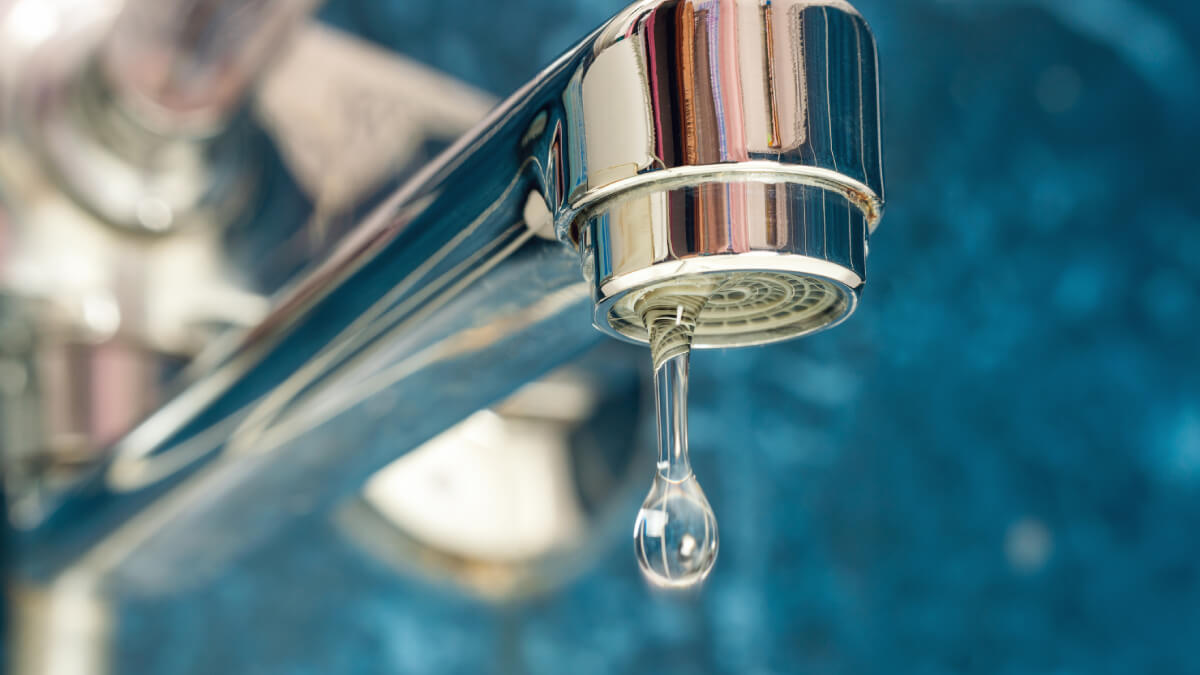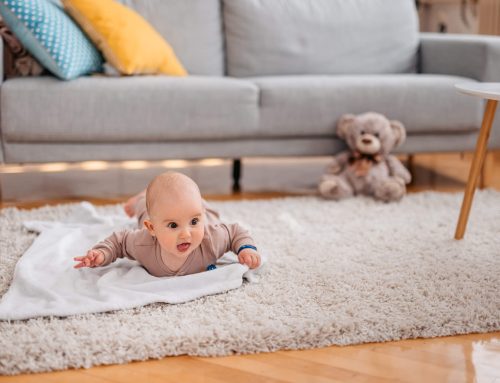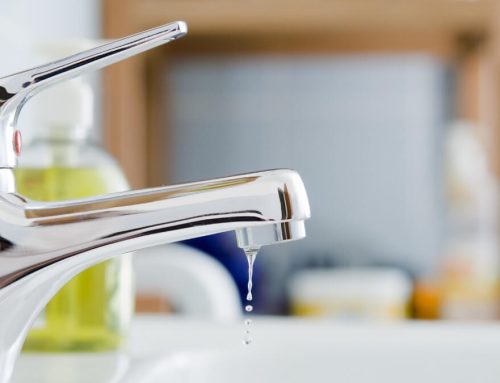
Ways to Save Water and Energy with Low-Flow Plumbing Fixtures
Saving water and energy is a smart and eco-friendly decision for your wallet and the environment. Low-flow plumbing fixtures provide an effective solution to lower water consumption without sacrificing performance. Find out about the advantages of water-efficient fixtures, how they stack up against traditional models and useful suggestions to conserve even more water in your daily routine.
Key Key Reasons to Consider Installing Eco-Friendly Plumbing Fixtures
Reduced water waste
The EPA’s WaterSense program estimates that you can save 700 gallons of water per year by replacing the existing faucets in your home with new, low-flow fixtures.
Lowering your monthly water bills
Low-flow fixtures lower your monthly utility bills by using less water. In fact, a WaterSense-labeled showerhead can save 4 gallons of water each time you shower, which can really add up over time.
Lower water heating costs
Using less water for daily chores means you also use less hot water, which increases your savings by reducing water heating costs.
Helping ensure a long plumbing system life span
Reduced water flow means less strain on your plumbing system, hopefully lengthening its life and decreasing the need for repairs.
As you can see, switching to low-flow faucets, showerheads and toilets provides benefits in several ways:
Designing Low-Flow Plumbing Fixtures
Low-flow fixtures use a few different design options to preserve performance while also cutting back on water. Here’s how they do it:
- Dual-flush technology: More low-flow designs have two flush controls—one for liquid waste using less water, and a larger flush for solid waste. This further controls water use based on need.
- Flow restrictors: These devices restrict the amount of water that passes through the fixture while preventing a noticeable drop in pressure.
- Aerators: Lots of low-flow faucets and showerheads feature aerators, which mix air with water to retain pressure while still cutting down on the volume of water required.
How Much Water Can Low-Flow Fixtures Use?
Low-flow plumbing fixtures first started gaining traction around the 1990s. The movement was largely driven by growing awareness of water conservation needs and our environmental footprint. The Energy Policy Act of 1992 established maximum flow rates for faucets, showerheads and toilets throughout the United States, supporting the prompt adoption of a new generation of low-flow plumbing fixtures. This legislation helped establish more efficient faucets and showerheads focused on lowering water consumption while preserving performance.
Think about how much water low-flow fixtures use compared to their traditional counterparts:
- Faucets: The conventional designs of most faucets run at about 2.2 gallons per minute (gpm), whereas low-flow faucets reduce to 1.5 gpm or less without sacrificing water pressure.
- Showerheads: The industry standard for showerheads was 2.5 gpm. Low-flow designs for showerheads cut water usage to 2.0 gpm or less.
- Toilets: Older, inefficient toilets may use up to 7 gallons per flush (gpf). In contrast, the current federal standard maximum is 1.6 gpf, with a number of dual-flush models needing as few as 1.28 gpf.
Five Tips for Saving Even More Water
While these water-saving fixtures make a big difference by themselves, you can take additional steps to conserve water each time you use them. Here are a few useful suggestions:
- Shut off the water when you brush your teeth: Try and only leave the tap on if you’re actively using it. Once you step away from the sink or take a couple of minutes to actually brush your teeth, shut off the faucet to conserve water.
- Don’t allow anyone to flush trash: Toilets are exclusively designed to handle toilet paper and human waste. Flushing anything else always wastes water and increases the risk of clogs. Do your water bills a favor by only disposing of facial tissues, paper towels, cotton balls and feminine hygiene products in the trash can.
- Take quicker showers: Even if you own low-flow showerheads, you can still waste water when you shower for too long. Shortening your shower time by a minute or two conserves water and reduces energy use.
- Use dual-flush toilets properly: The dual-flush feature only benefits you if everyone using that bathroom knows how to use it. Stick to the half-flush button for liquid waste and only select the full flush for solid waste. Some handle-flush toilets also have dual-flush functionality. A light flush uses less water, while keeping the handle depressed empties the entire tank to wash away solid waste more efficiently.
- Fix leaks promptly: Even low-flow fixtures may leak, wasting water and lowering efficiency. Set aside some time now and then to check for leaks and address any you find to maintain your water conservation efforts.
Ask About Your Free Estimate for Low-Flow Plumbing Fixtures Today
Ready to cut your water usage and save more money at the same time? McLoughlin Plumbing Heating & Cooling is here to help! We install efficient low-flow faucets, showerheads and toilets to encourage water and energy conservation. With our 100% satisfaction guarantee, you can depend on us to deliver the quality products and services you deserve. As soon as you’re ready to upgrade your plumbing fixtures or would like more water conservation tips, please contact us today.

